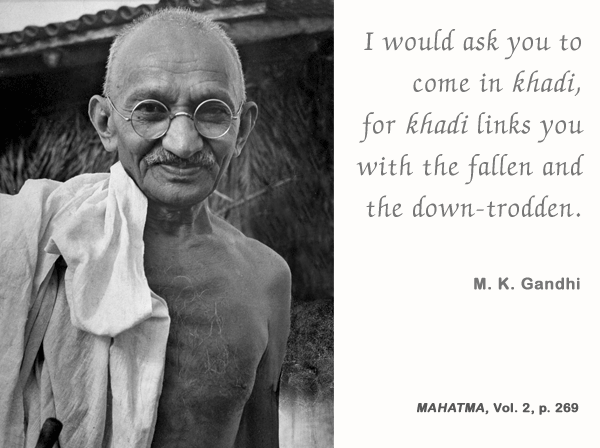How We Create our Ethical Clothing
As we may have mentioned once or twice, its really important to us that when you buy ethical clothing from us, it is totally traceable. That means that you can find out exactly where, how and by whom each garment was made. All our clothes come with a code for you to enter into our website which will then supply you with as much information as possible about the production process and the people involved.
Ethical Clothing – Our Transparent Supply Chains
Where Does It Come From? operates two transparent supply chains for our clothing. We’ve been working with our partners in India since 2013 and have run numerous productions, both retail and wholesale. You can find out more about this below.
Our new African transparent supply chain has been launched in 2018 and we are now running our first production. You can read about this project at Building a Transparent Supply Chain in Africa for Clothing.
If you have already bought from us then go to our Trace Your Garment page to find out exactly where it came from!
Our Transparent Supply Chain in India
Our partner in India is Moral Fibre. Based in Gujarat, they pride themselves on their use of eco-friendly, traditional methods of fabric production. Through Moral Fibre we work with local farmers and co-operatives in the region so that we know the people working on our garments and how they are doing it. All processes used are virtually carbon free, low in water usage and vegan.
All the cotton fabric that we produce with our Indian partners is khadi – this is a traditional handspun and handwoven fabric championed by Mahatma Gandhi. The focus is on creating a beautiful, natural fabric but also on maintaining social justice and protecting the environment.
You can read about a trip we took to visit the khadi co-operatives and the other artisans we work with in our article ‘A Trip To India‘.
The main processes in this chain are as follows:
- 1. The cotton is farmed locally in Gujarat and then picked and ginned (the seeds and debris removed).
- 2. The cotton is spun by hand into yarn and wound onto spools at a khadi co-operative. Sometimes solar powered chakhras (spinning machines) are used to spin the cotton to yarn, sometimes this is done by hand (as shown in the photo on the right).
3. The yarn is then dyed by hand, a process which used a fifth less water than conventional dyeing. The dyes soak into the yarn and then the yarn is hung out to dry.
4. The yarn is hand woven into cloth using big looms. The type of cloth can vary greatly, from plain to patterned and from thick, heavy denims to light, cool cottons. Patterns can be put in at this stage too, as the skilled lady to the left is showing. The looms are all operated by hand or solar energy – no electricity is used during this process.
5. After this stage any pattern not added into the fabric itself can be printed on, using the traditional block printing technique shown in the video below. We recently tried hand screen printing too for our most recent shirt production. The dyes used are all azo free (with no harmful chemicals) and have minimal environmental impact.
Finally the fabric will be cut by hand and tailored, according to the design and size. The new garment is now made ready to be sold to its loving new owner!




